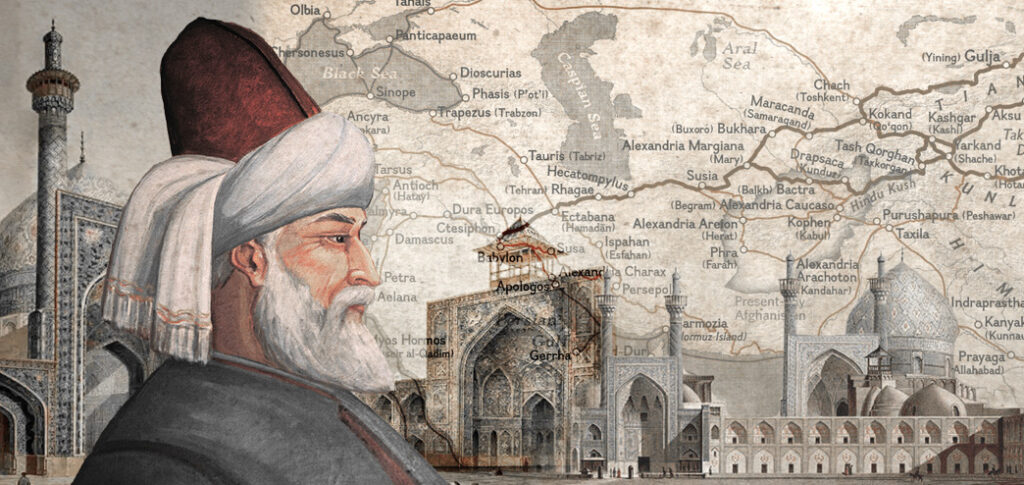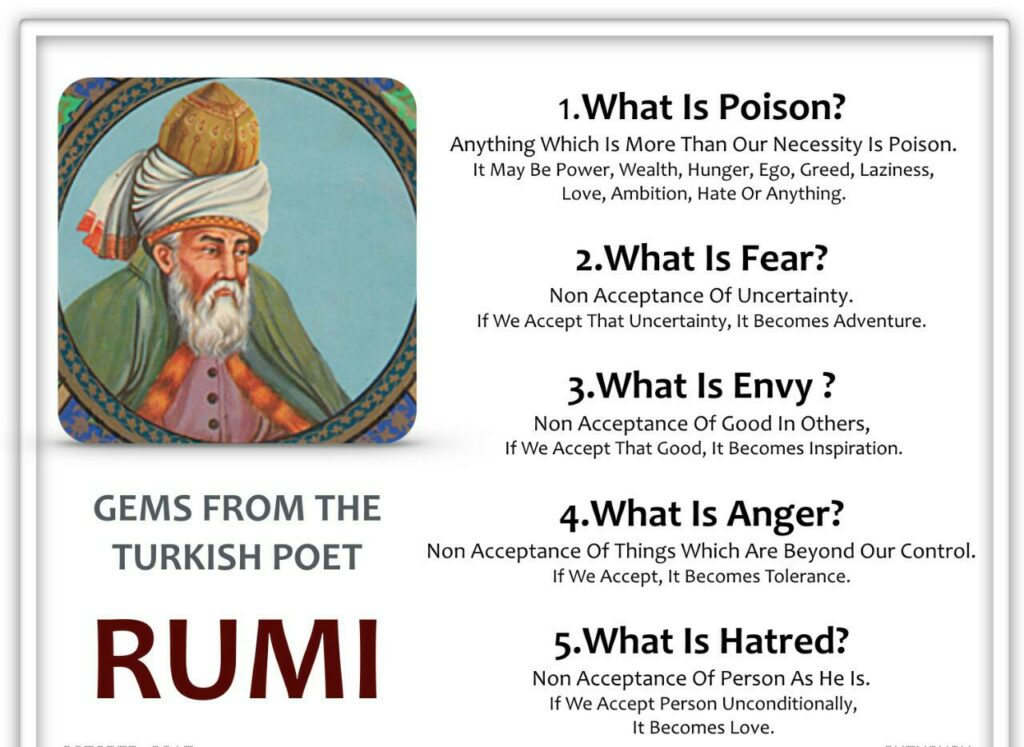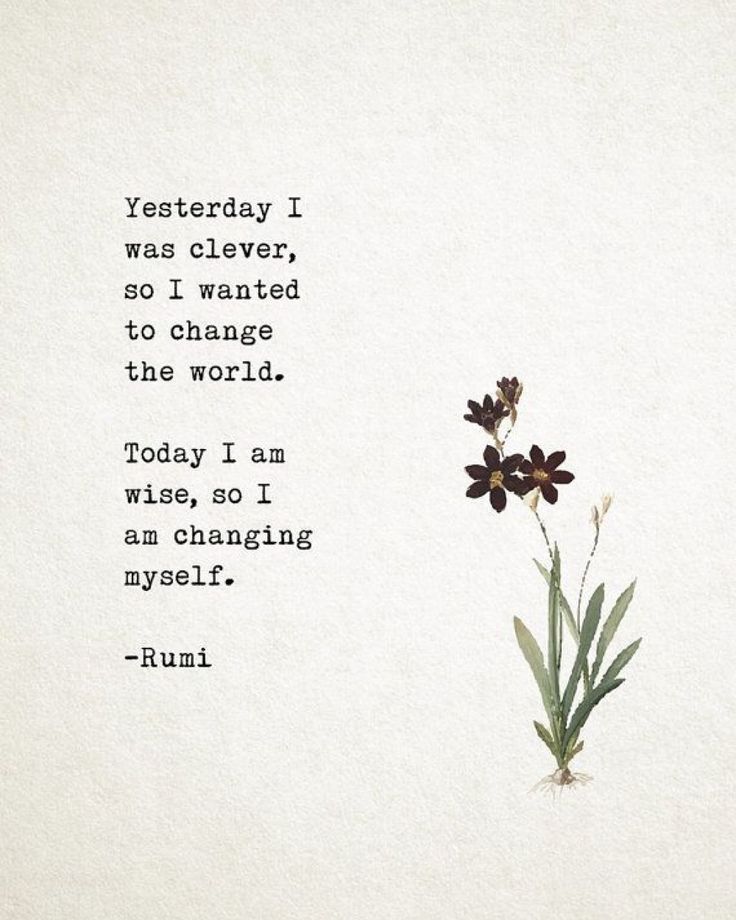From Balkh to Konya: Discovering Rumi’s Spiritual Geopolitics
SPOTLIGHT, 8 Aug 2022
Pepe Escobar | The Cradle – TRANSCEND Media Service
While Jalal al-Din Rumi is synonymous with Islamic mysticism, a deeper dig brings to light the West Asian political changes and upheavals that shaped his world and other-worldly view.
30 Jul 2022 – Mystic poet, Sufi, theosophist, and thinker, Jalal al-Din Rumi remains one of the most beloved historical personalities in history, east and west. A wanderer in search of the light, he famously characterized himself thus: “I am nothing more than a humble lover of God.”[i]
The era of Rumi’s father – Sultan Bahaeddin Veled (1152-1231) and son (1207-1273) – was an extraordinary socio-political rollercoaster. It’s absolutely impossible for us today to understand the ideas, allusions and parables that trespass Rumi’s magnum opus, the six-volume Masnevi , in 25,620 couplets, without delving into some serious time travel.
In the Masnevi , written in Persian – the prime literary language in West and Central Asia in those times – Rumi used poetry essentially as a tool for teaching divine secrets, explaining them via parables. The Rumi Project is to show Man the path to Divine Love, leading him from a low stage to the highest. Squeezed and subdued by the techno-feudalism juggernaut, we may now need to heed these lessons more than ever in history.
The Masnevi became hugely popular across Eurasia immediately after Rumi’s death in 1273 – from India, Pakistan and Afghanistan to Central Asia, Iran and Turkey. Then, slowly but surely, the man and the opus ended up reaching even the collective west (Goethe was mesmerized) and inspiring a wealth of learned commentaries, in Persian, Ottoman Turkish, Urdu and English.
“The master from Anatolia”
Let’s start our time travel in the 11th century, when some Turkish tribes, after crossing Transoxiana, began to settle in northern Persia. These new Turkish tribes – from the Ghaznavids to the Seljuks (actually the branch of a Turkoman tribe) – constituted fabulous dynasties that played a key role in the inter-mixing of Turkic and Persian culture (what the Chinese today, applying it to the New Silk Roads, call “people to people contacts”).
Islam spread very fast in Persia under the rule of the religiously tolerant Samanids. That was the foundation stone for Mahmud of Ghazna (998-1030) to form a great Turkish empire, from northeastern Persia to very remote parts of India. Mahmud made a great impression on Rumi.
While the Ghaznavids remained powerful in eastern Persia, the Seljuks established a powerful empire not only in parts of Iran but also in the remote lands of Anatolia (called Arz-I Rum). That’s the reason why Rumi is called Mavlana-yi Rum (“the master from Anatolia”).
Rumi as a kid lived in legendary Balkh (part of Khorasan in northern Afghanistan), capital of the Khwarazm empire. When he and his father were still there, the king was Ala al-Din, who came from a dynasty established by a Turkish slave.
After a series of incredibly messy kingdom clashes, Ala al-Din saw himself pitted in battle against the king of Samarkand, Osman Khan. That ended up in a massacre in 1212, in which Ala al-Din’s soldiers killed 10,000 people in Samarkand. The young Rumi was shocked.
Ala al-Din wanted to be no less than the absolute ruler of the Muslim world. He refused to obey the Caliph in Baghdad. He even started entertaining designs on China – where Genghis Khan had already conquered Pekin.
Ala al-Din sent an envoy to China who was very well treated by Genghis, who had an eye on – what else – good business between the two empires (the Silk Road bug, again). Genghis sent his ambassadors back, full of gifts. Ala al-Din received them in Transoxiana in 1218.
But then the governor of one of his provinces, a close relative, robbed and killed some of the Mongols. Genghis demanded punishment. The Sultan refused. Well, you don’t want to pick up a fight with Genghis Khan. He duly started a series of massacres in Persia, and inevitably the Khwarazm empire – along with its great cities, Samarkand, Bukhara, Balkh, Merv – collapsed. By then, Rumi and his father had already left.
Like Baghdad, each of these fabulous cities was a center of learning. Rumi’s Balkh had a mixed culture of Arabs, Sassanians, Turks, Buddhists and Christians. After Alexander The Great, Balkh became the hub of Greco-Bactria. Just before the coming of Islam, it was a Buddhist hub and a center of Zoroastrian teaching. All along, one of the great centers of the Ancient Silk Roads.
The hero of Rumi’s Masnevi, Ibrahim Adham, like the Buddha, had relinquished his throne for the love of God, setting the example for the Sufism that later came to flourish across these latitudes, known as the Khorasani school.
As Prof Dr Erkan Turkmen, who was born in Peshawar and today is a top scholar at Karatay University in Konya, and author, among others, of a lovely volume, ‘Roses from Rumi’s Rose Garden’ says, there are two top reliable sources for the extraordinary pilgrimage of Rumi’s father Bahaeddin and his family from Balkh to Konya, with books, food and house ware loaded on the back of 300 camels, accompanied by 40 religious people. The sources, inevitably, are father and son (Rumi’s account is written in verse).
The first major stop was Baghdad. At the entrance gates, the guards asked who they were. Rumi’s father said, “We are coming from God and shall go back to Him. We have come from the non-existent world and shall go there again.”
Caliph al-Nasir summoned his top scholar Suhreverdi, who immediately gave the green light to the newcomers. But Rumi’s father did not want to stay under the protection of the Caliph, who was noted for his cruelness. So after a few years he left for Mecca on a Hajj and then to Damascus – which was an extremely well organized city at the time of the Abbasids and the Seljuks, crammed with 660 mosques, more than 40 madrassas, 100 baths and plenty of famous scholars.
The final steps on the family journey were Erjinzan in Anatolia – already a center of trade and culture – and then Larende (now Karaman), 100km south of Konya. Today, Karaman is only a small Turkish province, but in those times extended as far as Antalya to the south. It housed a lot of Christian Turks, who wrote Turkish using the Greek alphabet.
That’s where Rumi got married. Afterwards, his father was invited by Sultan Ala al-Din Kayqubad I (1220-1237) to Konya, finally establishing himself and the family until his death in 1231.
The Seljuks in Anatolia erupted into history in the year 1075, when Alp Arslan defeated the Byzantines in the legendary battle of Manzikert. A century later, in 1107, Qilich Arslan defeated the Crusaders, and the Seljuk empire began to spread very fast. It took a few decades before Christians started to accept the inevitable: the presence of Turks in Anatolia. Later, they even started to intermix.
The golden era of the Seljuks was under Sultan Ala al-Din Kayqubad I (the one who invited Rumi’s family to Konya), who built citadels around Konya and Kayseri to protect them from the coming Mongol invasion, and spent his winters at the beautiful Mediterranean coast in Antalya.
In Konya, Rumi did not get into politics, and does not seem to have had close relations with the royal family. He was widely known either as Mevlana (our master) or Rumi (the Anatolian). In Turkey today he is simply known as Mevlana, and in the west as Rumi. In his lyrical poetry, he uses the pseudonym Khamush (Silent). Sultan Recep Tayyip Erdogan’s AKP – a highly materialistic enterprise wallowing in dodgy businesses – is not exactly fond of Rumi’s Sufism.
Under the Green Dome
As we’ve seen, Rumi spent most of his childhood on the road – so he never attended regular school. His early education was provided by his father and other scholars who followed the family to Karaman. Rumi also met many other famous scholars along the way, especially in Baghdad and Damascus, where he studied Islamic history, the Quran, and Arabic.
When Rumi was about to finish the 6th volume of the Masnevi, he fell ill, under constant fever. He passed away on 17 December, 1273. A fund of 130,000 dirhams was organized to build his tomb, which includes the world-famous Green Dome (Qubbat ul-Khazra), originally finished in 1274 and currently under renovation.
The tomb today is a museum (Konya holds astonishing relics especially in the Ethnography and Archeology museums). But for most pilgrims from all lands of Islam and beyond who come to pay their spiritual tributes, it is actually regarded as a lover’s shrine (Kaaba-yi Ushaq).
These lines, inscribed in his splendid wooden sarcophagus, may be a summary of all that Rumi attempted to teach during his lifetime:
“If wheat is grown on the clay of my grave, and if you bake bread of it, your intoxication will increase, the dough and the baker will go mad and the oven will also begin to recite verses out of madness. When you pay a visit to my tomb, it will seem to be dancing for God has created me out of the wine of love and I am still the same love even if death may crush me.”
A Sufi is by definition a lover of God. Islamic mysticism considers three stages of knowledge: the knowledge of certainty, the eye of certainty, and the truth of certainty.
In the first stage, one tries to find God by intellectual proof (failure is inevitable). In the second stage, one may be tuned in to divine secrets. In the third stage, one is able to see Reality and understand It spiritually. That’s a path not dissimilar to reaching enlightenment in Buddhism.
In addition to these three stages, there are paths to follow toward God. Choosing a path – Tarikat – is a very complicated business. It can be any Sufi order – such as Mavleviya, Kadriya, Nakshbandiya – under the guidance of a sheikh of that particular Tarikat.
In these absurdist times of grain diplomacy barely able to remedy the toxic effects of imperial sanctions, part of a proxy war of civilizations, a Rumi verse – “The celestial mill gives nothing if you have no wheat” – may open unexpected vistas.
Rumi is essentially saying that if one goes to a flour mill without wheat, what shall we gain? Nothing but the whiteness of one’s beard and hair (because of the flour). In the same vein: “If we have no good deeds to take with us to the other world, we will gain nothing but pain in the heart, while if we have developed our spiritual being, we will gain honor and Divine Love.”
Now try to explain that to a crusading collective west.
NOTE from TMS editor:
[i] Jalāl al-Dīn Muḥammad Rūmī (30 Sep 1207-17 Dec 1273), aka Jalāl al-Dīn Muḥammad Balkhī, Jalalud-Din Muhammad Rumi, Mevlânâ/Mawlānā, and Mevlevî/Mawlawī, is popularly known as Rumi. (Wikipedia)
_______________________________________________
 Pepe Escobar, born in Brazil, is a correspondent and editor-at-large at Asia Times and columnist for Consortium News and Strategic Culture in Moscow. Since the mid-1980s he’s lived and worked as a foreign correspondent in London, Paris, Milan, Los Angeles, Singapore, and Bangkok. He has extensively covered Pakistan, Afghanistan and Central Asia to China, Iran, Iraq and the wider Middle East. He is the author of Globalistan (2007), Red Zone Blues (2007), Obama Does Globalistan (2009), Empire of Chaos (2014) and 2030 (2015), all by Nimble Books. Pepe was contributing editor to The Empire and The Crescent and Tutto in Vendita in Italy and is also associated with the Paris-based European Academy of Geopolitics. When not on the road he lives between Paris and Bangkok.
Pepe Escobar, born in Brazil, is a correspondent and editor-at-large at Asia Times and columnist for Consortium News and Strategic Culture in Moscow. Since the mid-1980s he’s lived and worked as a foreign correspondent in London, Paris, Milan, Los Angeles, Singapore, and Bangkok. He has extensively covered Pakistan, Afghanistan and Central Asia to China, Iran, Iraq and the wider Middle East. He is the author of Globalistan (2007), Red Zone Blues (2007), Obama Does Globalistan (2009), Empire of Chaos (2014) and 2030 (2015), all by Nimble Books. Pepe was contributing editor to The Empire and The Crescent and Tutto in Vendita in Italy and is also associated with the Paris-based European Academy of Geopolitics. When not on the road he lives between Paris and Bangkok.
Tags: History, Literature, Peace, Philosophy, Poetry, Rumi, Turkey, Wisdom
DISCLAIMER: The statements, views and opinions expressed in pieces republished here are solely those of the authors and do not necessarily represent those of TMS. In accordance with title 17 U.S.C. section 107, this material is distributed without profit to those who have expressed a prior interest in receiving the included information for research and educational purposes. TMS has no affiliation whatsoever with the originator of this article nor is TMS endorsed or sponsored by the originator. “GO TO ORIGINAL” links are provided as a convenience to our readers and allow for verification of authenticity. However, as originating pages are often updated by their originating host sites, the versions posted may not match the versions our readers view when clicking the “GO TO ORIGINAL” links. This site contains copyrighted material the use of which has not always been specifically authorized by the copyright owner. We are making such material available in our efforts to advance understanding of environmental, political, human rights, economic, democracy, scientific, and social justice issues, etc. We believe this constitutes a ‘fair use’ of any such copyrighted material as provided for in section 107 of the US Copyright Law. In accordance with Title 17 U.S.C. Section 107, the material on this site is distributed without profit to those who have expressed a prior interest in receiving the included information for research and educational purposes. For more information go to: http://www.law.cornell.edu/uscode/17/107.shtml. If you wish to use copyrighted material from this site for purposes of your own that go beyond ‘fair use’, you must obtain permission from the copyright owner.


